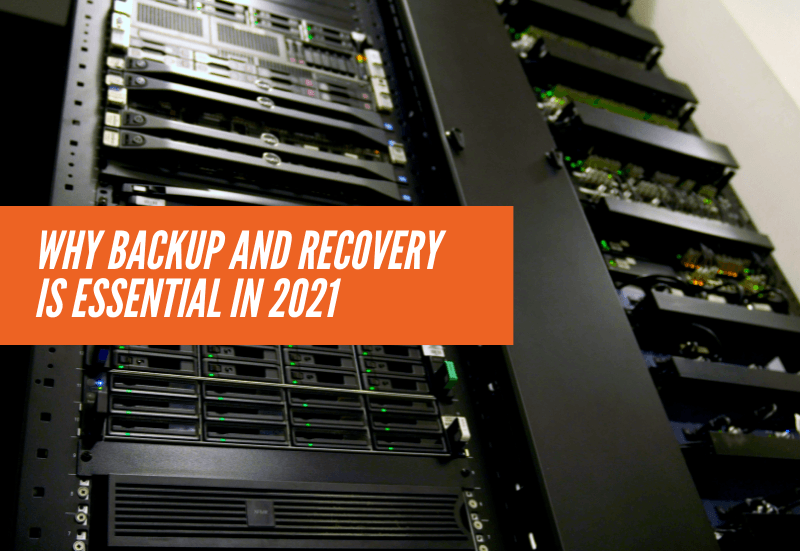We all know that backup and recovery is an essential part of business operations, but how seriously do we take the backup process? Though reports suggest that 90% of businesses keep backups, just 41% backup daily, leaving dangerous gaps in their recovery. On top of this, many aren’t following best practices, failing to back up to multiple destinations or storing backups solely on-site.
Storage reliability has improved over the years, but don’t let that fool you: every business needs a daily, robust backup and recovery solution. Hardware failure was still responsible for 24% of data loss incidents in 2020 and was the number one cause of IT downtime. While the quality and life span of hard drives has improved, they’re not infallible. A 2020 study found that:
- 5.1% fail by their first birthday
- 20% fail by year 4
- 50% fail by their sixth birthday
As it’s impossible to predict exactly when a hard drive will fail and they often fail early, businesses who don’t back them up are playing with fire.

The biggest threat to a business’s data, though, is yet more difficult to address. Human error accounts for 31% of incidents and cannot be fully eliminated even with training. Some of the largest and most respected organizations on earth have suffered because of this, from Disney’s Toy Story 2 to the UK Home Office’s crime records. With the increase in sustained work-from-home staff, organizations must be even more aware of this, as they may have reduced oversight.
Natural disasters, too, pose a risk, particularly in locations that are likely to experience hurricanes, wildfires, and flooding. It’s no secret that the number of natural disasters has been increasing as the world heats, with a damaging impact on IT infrastructure. 90% of small businesses fail if they don’t open five days after a natural disaster, making a streamlined backup process essential for their survival.
Cyberattacks are a more insidious reason for data loss. The number of organizations that lose data to a cyberattack has grown steadily since 2014, with highly sophisticated targeted attacks now commonplace. According to Sophos, 54% of organizations were hit by a ransomware attack in 2020. While 94% of organizations can get their data back eventually, those without backups have little choice but to pay the ransom. This results in almost double the remediation cost when compared to a backup restore.
Backup and Recovery Testing and Support Is Vital
While we’ve established that data loss is still a significant issue, the deployment of a backup solution alone isn’t enough. Along with proper training and good security practices, organizations must test regularly and have the mechanisms and plans in place to restore quickly. It is recommended to test your disaster recovery process at least once a month, but 50% of businesses don’t. Nearly all of those who do test experience issues, from networking issues to unavailability and application performance issues. Relying on a faulty backup solution can, in some cases be more damaging than not having one at all.

Backup and recovery, then, is best paired with a dedicated team of experts at your back. That’s why VirtuWorks’ 14-day multi-homed backups for cloud servers are paired with a dedicated support network. Our experts are there to perform quarterly testing; error, failure, and restoration support; daily monitoring and reporting; and alerting for critical backup events. Further, VirtuWorks’ expert team will take additional steps to protect your data should a storm or other impending threat be detected. If you’d like the peace of mind of verified, secure backups, and expert support, get in touch.


